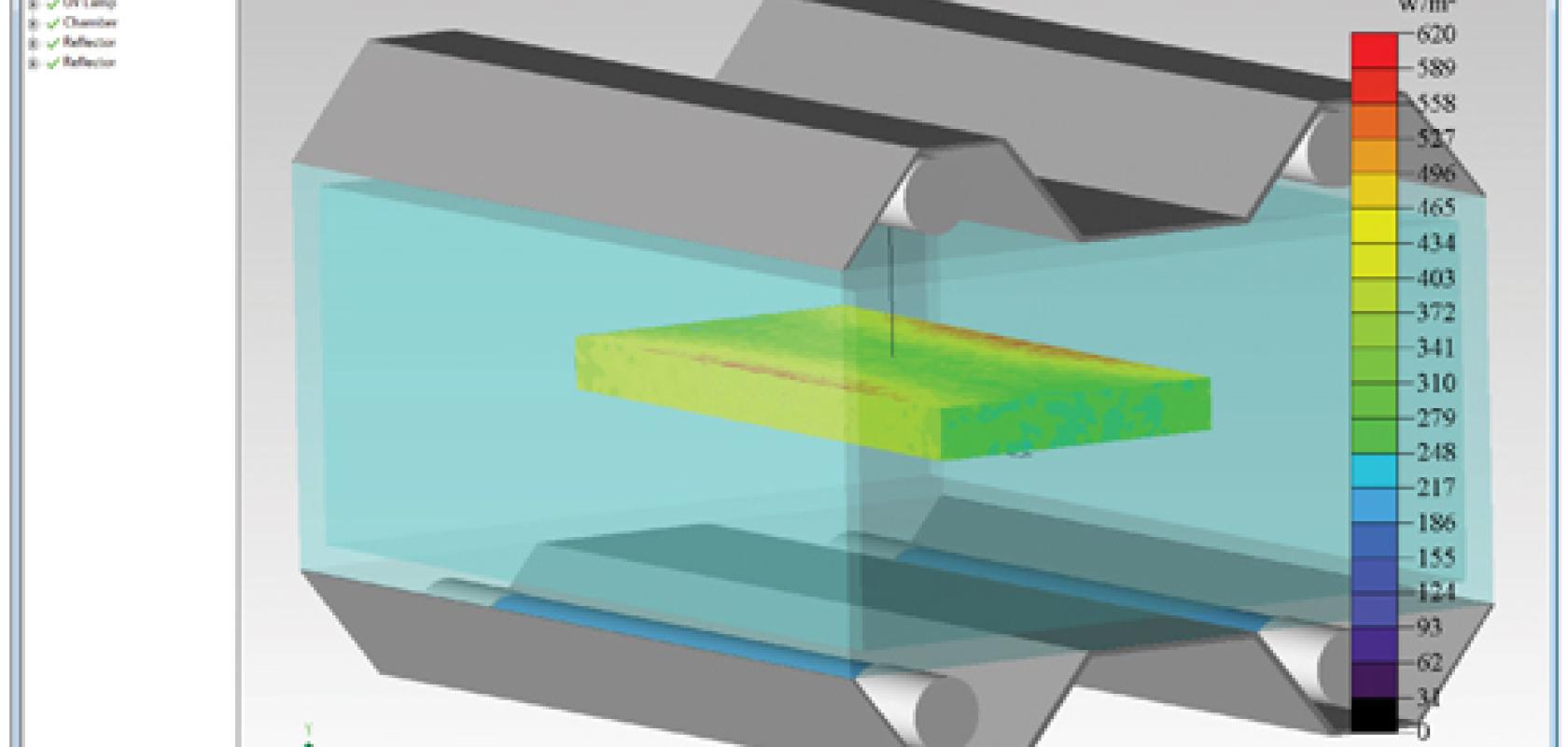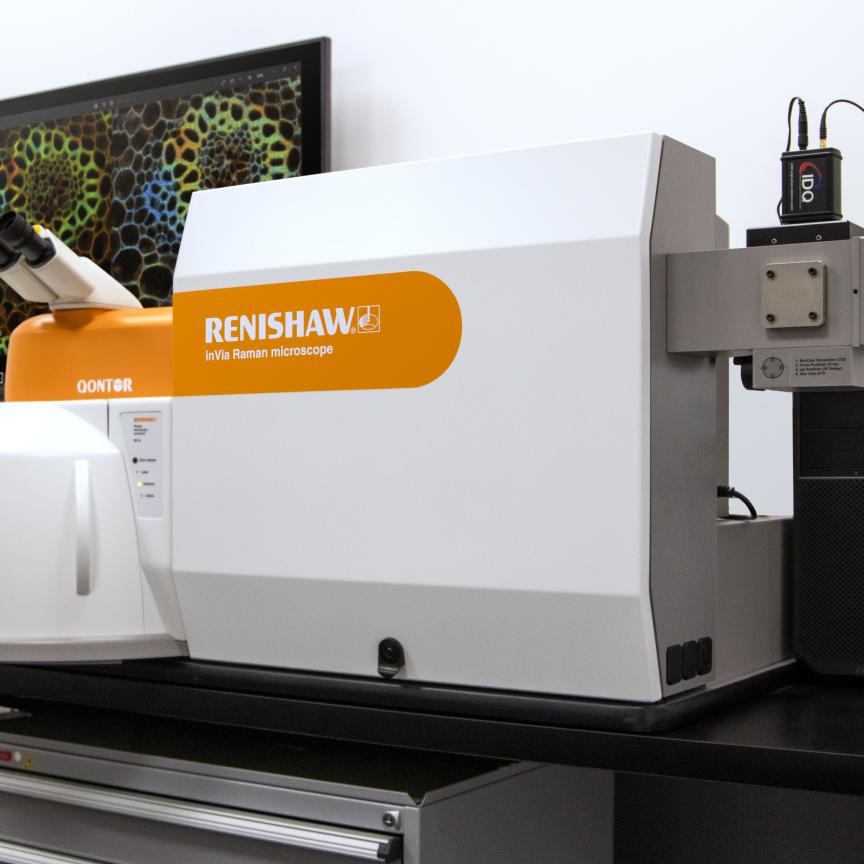Gemma Church finds out how Lambda Research’s optical modelling software is accelerating UV sterilisation system design
What do you need to do to kill a virus? Over the last 12 months, this question has had new meaning – and UV sterilisation systems are one potential solution.
Using such a system, an object is placed in a chamber and exposed to ultraviolet light to kill a specific set of pathogens or viruses. Demand for UV sterilisation systems has increased due to the pandemic – and engineers are now under increasing pressure to design such systems quickly and with adequate dosage levels for effective sterilisation.
This is where optical modelling can help. In a recent white paper, Lambda Research explained how its TracePro design and analysis software helps engineers expedite the development of UV sterilisation systems, reducing costs and unlocking innovation.
Dave Jacobsen, a senior application engineer at Lambda Research, said: ‘The main purpose of optical modelling is to simulate a design in the computer, as opposed to building the hardware for physical tests or prototyping. It lets you make mistakes in the software, which is a lot less expensive and time-consuming.
‘This is because it’s easier to make changes in a software environment, without investing in optical elements, like lenses and reflectors, which can be expensive and aren’t necessarily off-the-shelf items, sometimes requiring additional tools and development.’
Usability matters
TracePro is the company’s non-sequential optical modelling software, which essentially means you don’t need to tell the program where the light is going to go. You just build a model, in a similar vein to using a CAD program, then apply the appropriate properties and run a ray trace.
TracePro is easy to use, which is a key attribute when designing UV sterilisation systems. This is because a range of complex trade-offs and properties must be taken into account, often requiring a specialist optical engineer to model the system.
However, using TracePro, the design of the system can be done either in CAD software or, in some cases, directly in the optical analysis software. This democratises the modelling process, allowing engineers from any field, and with any level of experience, to design UV sterilisation systems (or any optical systems) with complete confidence.
Jacobsen said: ‘TracePro is a good choice for these types of designs, because it takes the guesswork out of the design process, which is vital when designing a sterilisation system. You want to know, with certainty, that a virus or pathogen has been destroyed by the proposed sterilisation system, before you move to physical tests and prototypes.
‘To achieve that, you need a certain amount of light, analysing the dose requirement in watts or joules per unit area, or the exposure time required at a certain level,’ Jacobsen explained. ‘The software lets you do that before you actually build any physical prototypes.’
To find out more on this topic and to download a White Paper click here.


